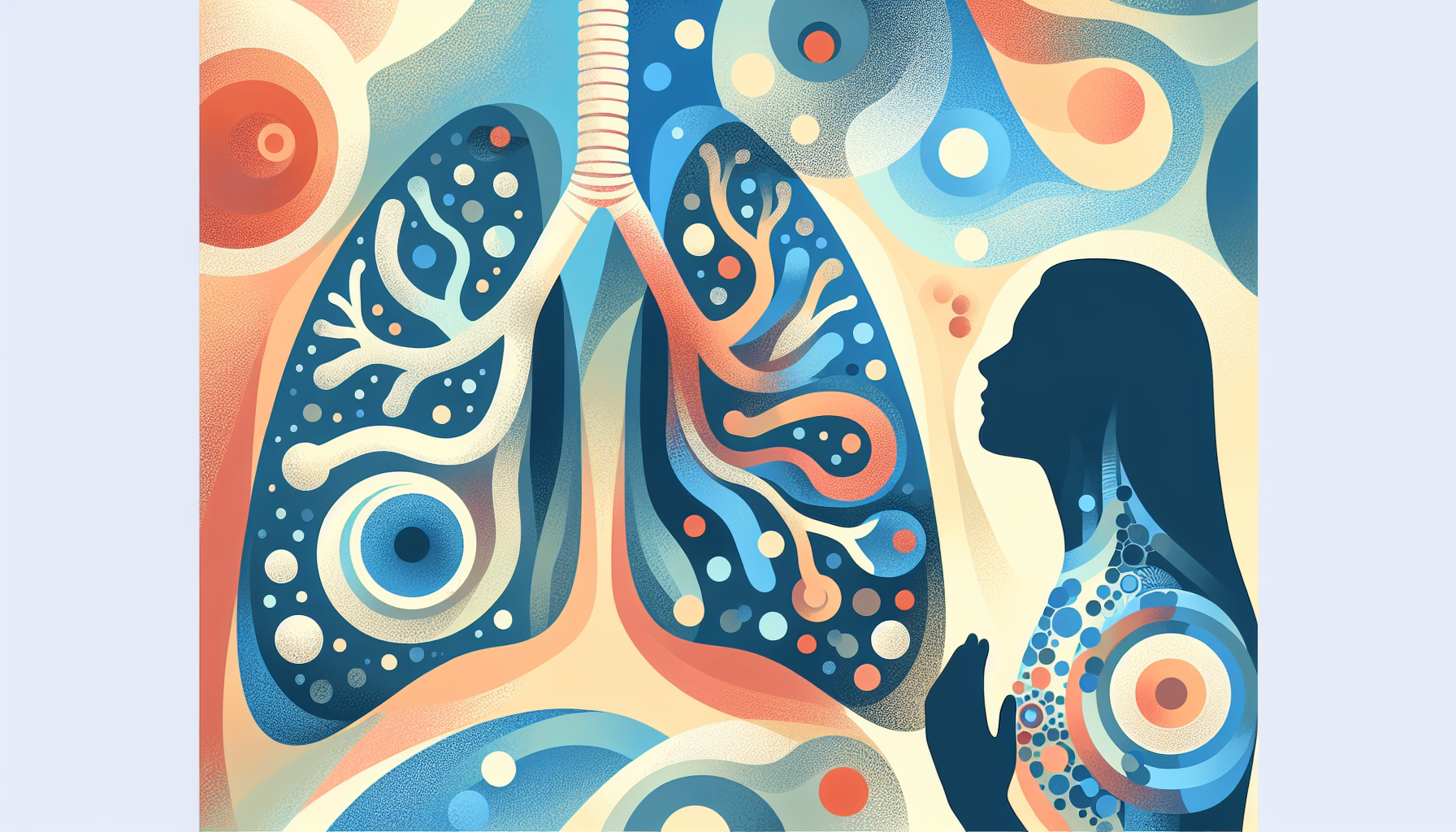Can I Take Zepbound a Day Early?
Key TakeawaysZepbound is a once-weekly injectable medication for weight management and obstructive sleep apnea (OSA) linked to obesity.Taking Zepbound a day early is [...]
Read More
Medically reviewed by Abhijit Bhattacharyya | MD, PhD, MBA, Tufts University School of Medicine - Miami, Florida on November 6th, 2023.
Cystic lung disease is a group of rare conditions that cause sacs of tissue in the lungs to fill with air or fluid. These sacs, called cysts, can make it difficult to breathe and may lead to other complications. If your doctor suspects you have cystic lung disease, they may recommend a high-definition CT scan or a lung biopsy to determine the specific type you have.
The symptoms of cystic lung disease can vary depending on the type, but common signs include:
Shortness of breath
Chest pain
Chronic cough (may produce blood)
Fatigue
Wheezing
Some types of cystic lung disease may also cause additional symptoms, such as skin bumps, fever, night sweats, or weight loss.
There are four main types of cystic lung disease that affect adults:
LAM primarily affects women between the ages of 20 and 40. It occurs when muscle cells in the lung tissue grow uncontrollably and form cysts, eventually damaging the lung tissue. There are two types of LAM: TSC-LAM, which is associated with tuberous sclerosis complex (TSC), and sporadic LAM, which occurs without TSC. Estrogen is believed to play a role in the development of both types.
PLCH mainly affects young adult smokers or former smokers. Chemicals in cigarette smoke cause cells to grow abnormally in the lungs, leading to scarring and stiffening of the tissue. As the disease progresses, breathing becomes more difficult, and lung collapses may occur.
BHD is an inherited condition caused by an abnormal gene or a gene mutation. Symptoms usually appear in a person's 20s or 30s and include small, benign skin bumps on the face, neck, ears, or upper body. About 80% of people with BHD have lung cysts, and up to a third may experience repeated lung collapses. Some individuals with BHD may also develop kidney tumors.
LIP is an extremely rare condition that is believed to be both a disease and a reaction to environmental factors or other diseases. It may occur in people with autoimmune diseases, particularly Sjogren's syndrome. LIP is typically diagnosed between the ages of 52 and 56, and symptoms include a worsening cough and shortness of breath.

Treatment for cystic lung disease depends on the specific type and severity of the condition. Some common treatment options include:
Medications: Sirolimus (Rapamune) for LAM, steroids or chemotherapy drugs for PLCH and LIP
Oxygen therapy: To help with breathing difficulties
Pleurodesis: A procedure to prevent lung collapses
Surgery: To remove kidney tumors in BHD
Lifestyle changes: Quitting smoking is crucial for managing PLCH
If you have cystic lung disease, it's essential to work closely with your healthcare team to develop an appropriate treatment plan and monitor your condition. Regular check-ups and CT scans may be necessary to detect any changes or complications early on.
Remember, while cystic lung disease can be a challenging condition to manage, there are treatments available to help you cope with symptoms and improve your quality of life. Don't hesitate to reach out to your doctor or a support group for guidance and assistance.
For more information on cystic lung disease, visit:
Key TakeawaysZepbound is a once-weekly injectable medication for weight management and obstructive sleep apnea (OSA) linked to obesity.Taking Zepbound a day early is [...]
Read MoreKey TakeawaysZepbound is an FDA-approved medication for chronic weight management in adults with obesity or overweight, and for moderate to severe obstructive sleep apnea [...]
Read MoreKey TakeawaysZepbound is a once-weekly injectable medication that supports weight loss by activating hormone pathways regulating appetite and digestion.After the first dose, [...]
Read More